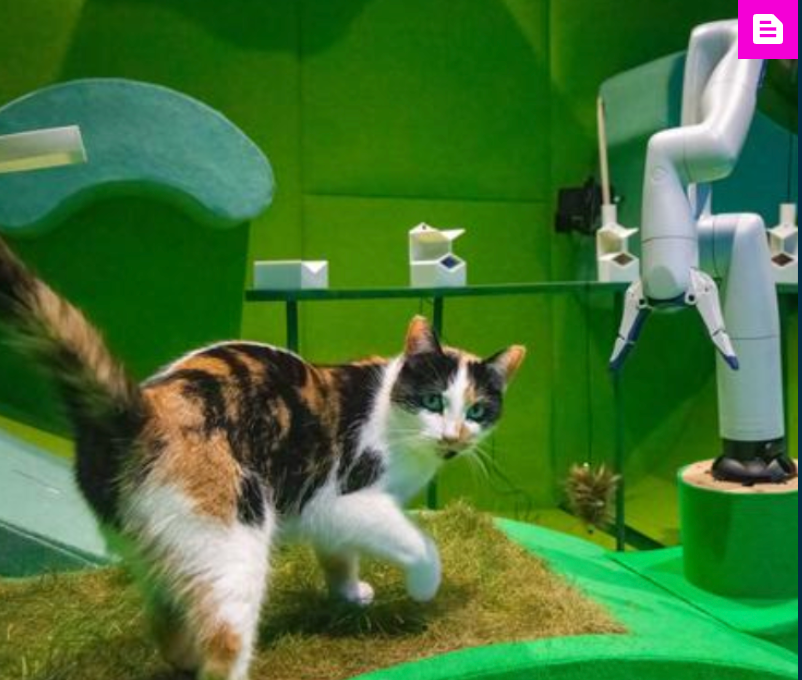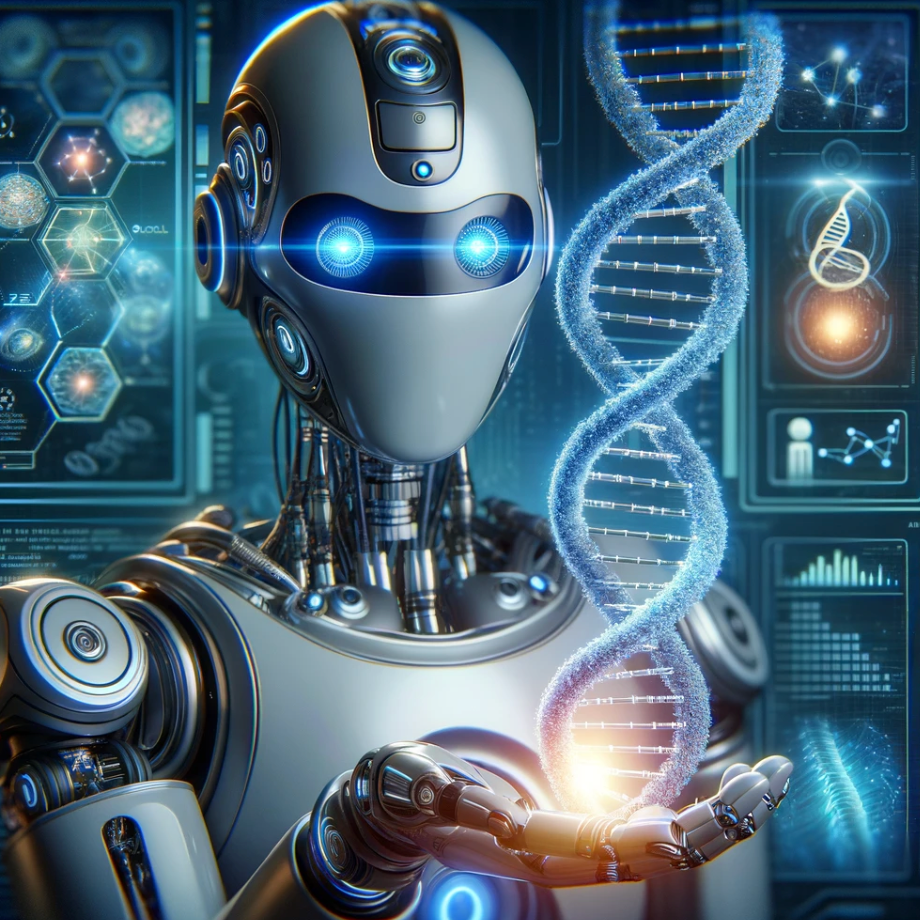Chatbot designs robot, raises questions
Jun. 08, 2023.
2 min. read
3 Interactions
Should we trust ChatGPT to be a researcher/designer?
Researchers from TU Delft and EPFL claim they’re the first to co-design a robot with ChapGPT.
“We wanted ChatGPT to design not just a robot, but one that is actually useful,” says TU Delft assistant professor Cosimo Della Santina. So with PhD student Francesco Stella and Josie Hughes from EPFL, and following ChatGPT’s advice, the team chose food supply as their challenge. Specifically, creating a mobile tomato-harvesting robot.
The researchers followed all of ChatGPT’s design decisions. “ChatGPT extends the designer’s knowledge to other areas of expertise,” said Della Santina. “For example, the chat taught us which crop would be most economically valuable to automate, to “make the gripper out of silicone or rubber to avoid crushing tomatoes” and recommended that “a Dynamixel motor is the best way to drive the robot.”
ChatGPT as researcher/designer — is that a good thing?
In a paper just published in Nature Machine Intelligence, the researchers explore the varying degrees of cooperation between humans and Large Language Models (LLM). In this case, the LLM acts as both researcher and engineer, while the human acts as manager, in charge of specifying the design objectives. So that raises the question: is that desirable?
“In fact, LLM output can be misleading if it is not verified or validated,” Della Santina says. “AI bots are designed to generate the ‘most probable’ answer to a question, so there is a risk of misinformation and bias in the robotic field.” Working with LLMs also raises other important issues, such as plagiarism, traceability and intellectual property, she notes.
Della Santina, Stella and Hughes are continuing their study of LLMs to design new robots, including designing the robot’s own body. “Ultimately, an open question for the future of our field is how LLMs can be used to assist robot developers without limiting the creativity and innovation needed for robotics to rise to the challenges of the 21st century,” says Stella.
Citation: Stella, F., Della Santina, C., & Hughes, J. (2023). How can LLMs transform the robotic design process? Nature Machine Intelligence, 1-4. https://doi.org/10.1038/s42256-023-00669-7
Let us know your thoughts! Sign up for a Mindplex account now, join our Telegram, or follow us on Twitter.

.png)

.png)


.png)






0 Comments
0 thoughts on “Chatbot designs robot, raises questions”